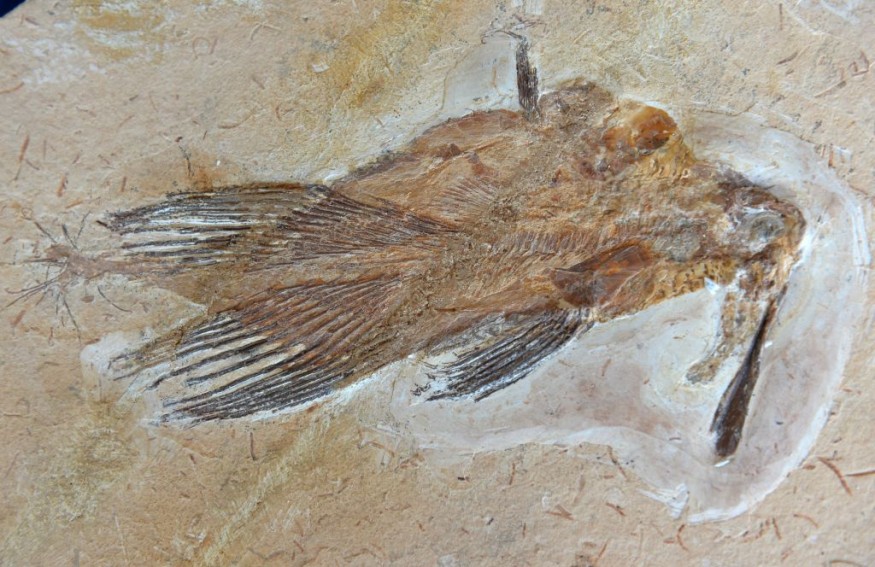The world's largest bird species to ever roam the Earth could have been found already following the discovery of a new fossil in Australia.
The fossil contains unique remains of the ancient bird's pair of legs during an excavation site in Central Australia, holding potential remains could still be in the area waiting to be unearthed.
Paleontologists labeled the extinct species as Stirton's thunderbird (Dromornis stirtoni).
Paleontological account reportedly suggests that Dromornis has a weird anatomical trait, with an oversized beak and an undersized skull.
It is also believed to have a body size towering three meters (10 feet) and weight of up to half a ton.
Dating back to 8 million years ago, the giant birds are said to be relatives of the modern day fowl, such as chickens and ducks.
Also called as "demon ducks," scientists in the past have attempted to measure the true size of the thunderbird.
However, the latest finding could help existing models show the approximate or correct size of the extinct animal.
If confirmed, previous evidence regarding giant bird predators hunting on early humans from several millions or thousands of years ago could be explored.
World's Largest Bird Species

The Museum and Art Gallery of the Northern Territory acknowledged the successful excavation as a significant moment at the "Alcoota Scientific Reserve Discovery Day 2022" due to the first articulated Dromornis stirtoni leg unearthed from the Classy Corner.
A huge moment at #alcoota2022 with the very first articulated -Dromornis stirtoni- leg excavated from Classy Corner. Thankyou @Phoebyornis for scale! #fossilfriday @fupalaeosoc @FlindersPalaeo pic.twitter.com/mJaKvacOtg
— Museum and Art Gallery of the Northern Territory (@MAG_NT) July 22, 2022
In its Twitter post back in July, the museum also uploaded photos of the colossal bird, which showed that the fossil encompasses two very large legs bones and talon bones.
In 2016, Australia's extinct big bird is part of a group of gigantic birds known as the "mihirungs."
Amongst them is the Dromornis, which is the largest even known on the planet and has an average weight of 450 kilograms, according to The Conversation.
After going extinct 8 million years ago, their last surviving relative lived until 100,000 years ago during the so-called Pleistocene geological epoch or Ice Age, which last from approximately 2.5 million to 11,700 years ago.
Fossilized Bones
Adam Yates from the Museum and Art Gallery of the Northern Territory told Science Alert that the excavation means that the carcass was whole when it was buried.
The team only received lower legs because it was only how far they have dug, highlighting a significant chance that a large part for the rest of its skeleton could unraveled.
The fossilized bones were excavated in Alcoota Reserve, a dense fossil site located 190 kilometers northeast of Alice Springs.
The location has led to thousands of fossilized species since paleontological excavations started at the site in 1986.
However, most of the them are jumbled fragments belonging to different species due to historic floodwaters mixing their remains.
Following the discovery, paleontologists are reportedly hopeful it the new D. stirtoni legs can provide researchers a more accurate data of their true proportions.
Related Article: A New Fossil of Birds Has Been Discovered in the Great Wall of China
© 2025 NatureWorldNews.com All rights reserved. Do not reproduce without permission.





